Fatigue, swelling, irritability and pain typical of the cycle, but also the many problems related to menopause they can be prevented or controlled with the help of one Proper nutrition.
«There are more and more studies showing how the consumption of certain foods, affecting hormones (in particular estrogen and progesterone), is able to reduce the onset and intensity of female ailments ", confirms Dr. Ennio Avolio, nutritionist biologist, who together with the colleague Claudio Pecorella has devised a food program based on the cyclical nature of the ovarian cycle over 28 days and illustrated in the four-handed book Cyclicity diet (Falco Editore, € 20).
In "those days" more carbohydrates
The "cyclical diet" starts with the early follicular phase, that is, from the 1st to the 4th day of the menstrual cycle, with a light meal for breakfast, then a quick snack in the middle of the morning, a normal lunch, a snack in the middle of the afternoon and finally a light dinner.
“In this phase one better response to insulin allows the body to consume more carbohydrates than fat»Explains Dr. Pecorella. «To help the organism then it is necessary reduce the consumption of high-fat foods (such as cheeses and dairy products), which promote swelling and increase the sense of heaviness typical of those days. On the contrary, it goes instead increased consumption of carbohydrates, preferring those contained in seasonal fruit and vegetables ».
It is also necessary increase iron intake, the loss of which during the cycle contributes to increasing the feeling of exhaustion and weakness. «To stock them up they have to be added to the menu red meat, fish (especially salmon and tuna) and legumes (especially beans). Furthermore, to better absorb it, the advice is to combine foods rich in vitamin C in the same meal, such as lemon, oranges and kiwis », explains Dr. Avolio. "And it's oily dried fruit is also useful (cashews, walnuts, pistachios, hazelnuts, almonds) for the contribution of magnesium, the anti-fatigue mineral par excellence ».
After that, turn off the inflammation
«During the different phases of the menstrual cycle it is important counteract inflammation that damage cells and that for a long time andare can induce, in addition to an aging of the tissues, the onset of various pathologies », says Dr. Pecorella.
«From the 5th to the 11th day of the ovarian cycle, ie in the late follicular phase, a intermittent fasting of 16 hours to limit these processes. Dinner on the 4th day must be consumed by 20 pm and then you can go directly to the snack the next day, to be served no earlier than 12, so just before lunch ».
Furthermore, the consumption of foods rich in antioxidants should be increased, which help to repair the damage caused by inflammation: «Then increase the consumption of blue fish (salmon, mackerel, sardines), rich in Omega 3 essential fatty acids, and berries, cabbage, broccoli, apples, which contain flavonoids, ”suggests Dr. Avolio.
We then move on to periovulatory phase, from the 12th to the 15th day: by decreasing the sense of hunger, one can proceed to one caloric restriction of the ketogenic type, which involves a reduction in carbohydrates to less than 50g per day and a increase in animal proteins (especially pork, chicken and rabbit) and vegetables (zucchini, aubergines, chicory, lettuce). “This regimen stimulates the production of ketone bodies, which they reduce inflammation even more and promote the metabolism of fats ”, explains Dr. Avolio.
Now your appetite needs to be controlled
"In luteal phase, which runs from the 16th to the 28th day and therefore precedes the arrival of the new menstrual cycle, the sense of hunger grows due to the increase in the hormone progesterone », our experts explain.
«To respond to this physiological need of women, our diet therefore includes a increased number of meals and caloric intake with a greater supply of all nutrients. Particularly, add an after-dinner snack based on dark chocolate or dried fruit (pine nuts, walnuts, almonds, pistachios, cashews), to keep hunger at bay and quench the desire for “sweet” typical of this period ».
More antioxidants in premenopause
"During the transition from childbearing age to menopause the drop in estrogen hormones leads to weight gain, fat mass and the risk of osteoporosis, as well as a increased production by the body of cytokines, which inflame the tissues, increasing the cardiovascular risk », warns Dr. Pecorella.
«Our diet then includes a weekly plan based on the reduction of simple and refined fats and carbohydrates, with instead an increase in the intake of foods rich in antioxidants. In particular, the consumption of foods that contain Omega 3 essential fatty acids, such as fish (preferring herring, mackerel, salmon, anchovies, sardines, tuna and trout), oil seeds (pumpkin, flax) and oily fruit (hazelnuts, almonds, pistachios and cashews). These substances are also precious to stabilize the mood, very fluctuating in this phase of life due to hormonal imbalances ».
Calcium and vitamin D in menopause
THEfurther reduction of estrogen with the entry into menopause has important effects on metabolism, with a frequent weight gain as a consequence.
To prevent or otherwise limit it, the "cyclicity diet" proposes a weekly meal plan with one day of controlled fasting of 16 hours. "It is enough to consume the evening before dinner by 21pm and skip breakfast and snack the following day, eating directly for lunch and not before 13pm", explains Dr. Avolio.
In this period of life green light to football, which with the decrease of estrogen hormones tends to be absorbed less, making bones more prone to fracture. «The advice is therefore to increase daily consumption of cheese, milk and yogurt, but also of vegetables such as green leafy vegetables (chicory catalonia, turnip greens, rocket and lettuce), broccoli, celery, fennel, cabbage and leeks », says Dr. Avolio.
«To better assimilate calcium it is also useful take foods that provide vitamin C at the same time (lemon, kiwi, currant) and vitamin D. (cod oil, egg yolk, butter, salmon and herring). Furthermore, it is crucial reduce the consumption of salt, which hinders the absorption of this precious mineral, which can be included in the diet even with 1,5-2 liters per day of bottled water that is particularly rich in it ».
It also helps the weight
In addition to promoting psychophysical well-being, the "cyclical diet" is also help with the weight-form. There is indeed a very close link between the release of hormones and food intake and consequently weight gain.
«Several studies have shown that in fertile women the food search is reduced in the ovulation stage, when the levels of hormones such as estrogen are higher, while intake increases after ovulation until the arrival of the menstrual cycle, when the progesterone is high », confirms Dr. Ennio Avolio. “In particular, scientific research has shown that women consume premenstrually about 400-500 calories more than usual. This is why among the purposes of our food program there is also that of modulate your appetite in this as in all the other phases of the cycle. And more generally the whole life of a woman ».
Follow the meal plan that's right for you and experience the benefits of the "cyclic diet" by rotating the suggested foods.
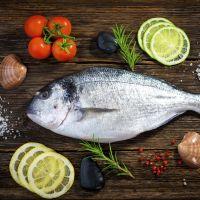
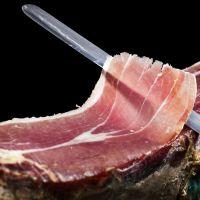
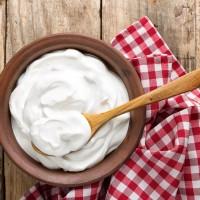
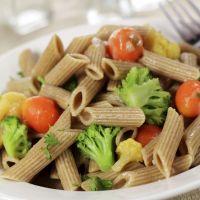
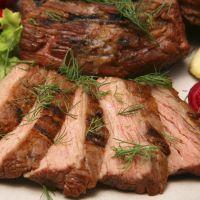
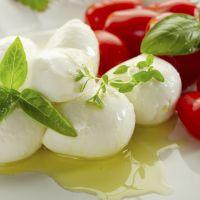

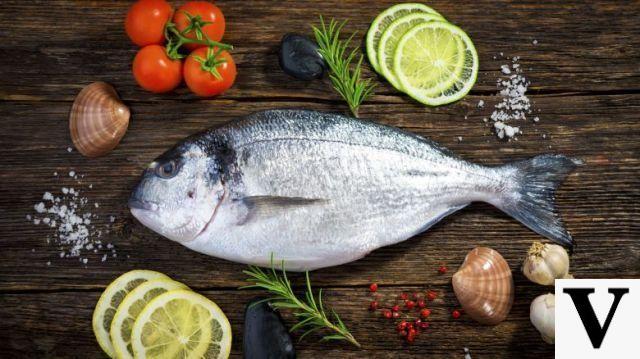
Follicular phase (DAY 1-4)
Breakfast: 200 ml of semi-skimmed milk (or 200 g of low-fat white yogurt), 40 g of bran flakes (or 3 dry biscuits or rusks), 1 small seasonal fruit.
Snack: 1 seasonal fruit, 5 cashews (or macadamia nuts).
Lunch: 200 g of new potatoes (or 50 g of wholemeal pasta with tomato or 60 g of wholemeal bread), 90 g of rabbit or chicken (or 80 g of cod or hake), 350 g of seasonal vegetables, 2 teaspoons of oil ages.
Snack: 1 seasonal fruit (or 6 hazelnuts or almonds).
Price: 90 g of sea bream or horse meat fillet (or 2 hard-boiled or soft-boiled eggs), 250 g of seasonal vegetables, 3 teaspoons of extra virgin olive oil.
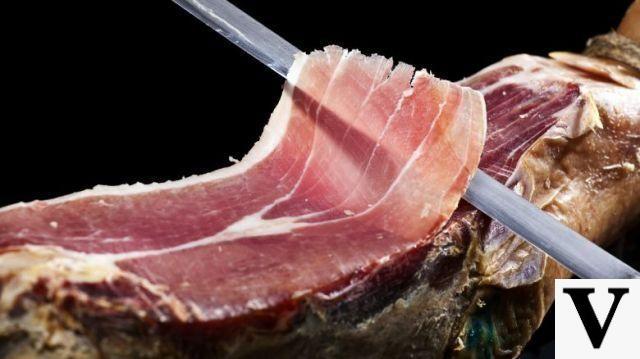
Late follicular phase (DAYS 5-11)
Snack: 200 ml of semi-skimmed milk (or 150 g of low-fat white yogurt), 25-30 g of pine nuts (or pistachios or hazelnuts).
Lunch: 100 g of swordfish (or shrimp, plaice, octopus, cuttlefish), 300 g of vegetables, 4 teaspoons of extra virgin olive oil.
Snack: 20 g of defatted raw ham or turkey breast (or 30 g of bresaola), 25 g of unsalted pistachios (or pine nuts, almonds, walnuts).
Price: 90 g of turkey breast (or 100 g of chicken or 120 g of veal), 60 g of wholemeal bread, 200 g of seasonal vegetables, 100 g of dried tomatoes, 4 teaspoons of extra virgin olive oil.
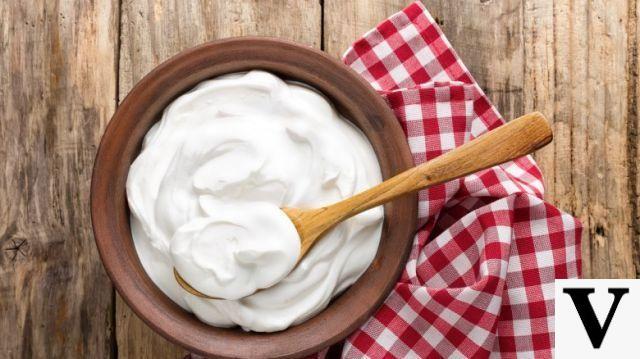
Periovulatory phase (DAYS 12-15)
Breakfast: 20 g of whey protein in 250 ml of water, 120 g of low-fat Greek yogurt.
Lunch: 180 g of grouper (or 150 g of sole or 160 g of sea bass or 80 g of bresaola), 250 g of vegetables, 2 teaspoons of extra virgin olive oil.
Snack: 20 g of dark chocolate (or 5 walnuts or 6 almonds).
Price: 80 g of turkey breast (or 160 g of veal or 200 g of shrimp), 250 g of vegetables, 2-3 teaspoons of extra virgin olive oil.
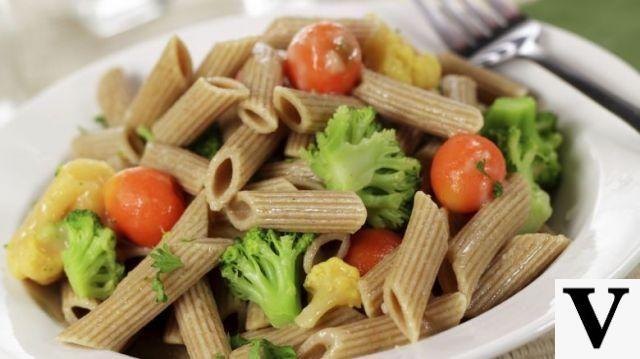
Luteal phase (DAYS 16-28)
Breakfast: 200 ml of semi-skimmed milk, 30 g of oat flakes (or rice or 3 dry wholemeal biscuits), 150 g of blueberries or berries, 10 g of sunflower seeds or hazelnut cream.
Snack: 150 g of blueberries (or berries), 15 g of sunflower seeds or pumpkin seeds (or 30 g of rye bread or 20 g of bresaola or defatted ham), 2 walnuts and 1 orange juice.
Lunch: 60 g of wholemeal pasta (or 300 g of new potatoes), 100 g of fresh salmon or mullet (or 90 g of grouper or hake), 250 g of vegetables, 2 teaspoons of extra virgin olive oil.
Snack: 1 glass of orange juice, 2 squares (about 10 g) of dark chocolate.
Price: 150 g of turkey or chicken or rabbit breast (or 200 g of veal or beef or 300 g of squid or cuttlefish), 250 g of vegetables with 2 teaspoons of extra virgin olive oil.
Snack: 10 g of pine nuts or pistachios or walnuts (or 2 squares of dark chocolate).
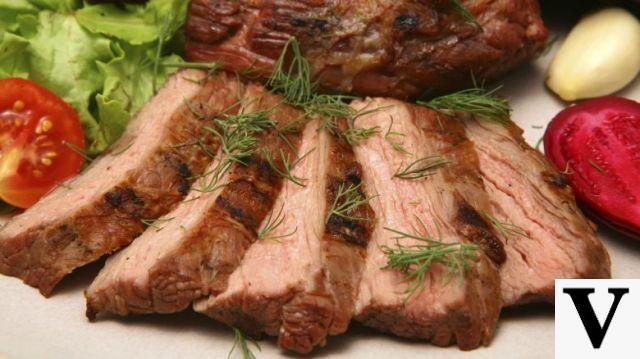
Premenopause
Breakfast: 125 g of 5% fat Greek yogurt (150 ml of semi-skimmed milk), 30 g of oat or rice flakes (or 2 rusks), 1 apple.
Snack: 200 g of seasonal fruit.
Lunch: 150 g of sweet potatoes (or 50 g of wholemeal pasta with tomato or vegetables or 100 g of mozzarella), 200 g of vegetables with 3 teaspoons of extra virgin olive oil.
Snack: 1 herbal tea with 20 g of dark chocolate (> 90% bitter cocoa) or 1 seasonal fruit salad.
Price: 200 g of veal or beef (or fish, in particular hake, anchovies, cod, sole, sea bream), 200 g of vegetables (preferably rocket, agretti, chard, artichokes) with 3 teaspoons of extra virgin olive oil.
Snack: 4 walnuts (or 20 g of dark chocolate).
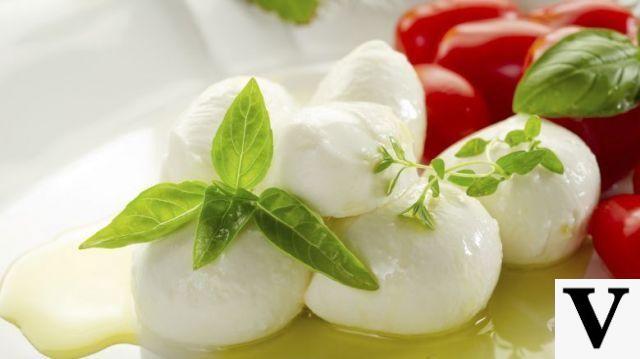
Menopause
Breakfast: 125 g of low-fat yogurt (or 150 ml of semi-skimmed milk), 3 dry biscuits (or rusks or 40 g of oat flakes), 1 small seasonal fruit (or 1 pomegranate or orange juice).
Snack: 150 g of fresh fruit (or 15 g of pine nuts or 125 g of white or fruit yogurt).
Lunch: 50 g of wholemeal pasta with tomato (or 200 g of potatoes or 60 g of bread), 90 g of rabbit or chicken (or 80 g of cod or hake), 350 g of seasonal vegetables, 3 teaspoons of extra virgin olive oil .
Snack: 1 small seasonal fruit (or 6 hazelnuts or almonds).
Price: 2 eggs (or 200 g of sardines, anchovies or salmon; or 150 g of veal; or 120 g of ricotta or mozzarella), 250 g of vegetables (preferably rocket, agretti, chard, artichokes), 3 teaspoons of extra virgin olive oil.
Snack: 20 g of dark chocolate or 125 ml of skimmed or vegetable milk.
- READ ALSO: What are the 10 friendly foods for women


























